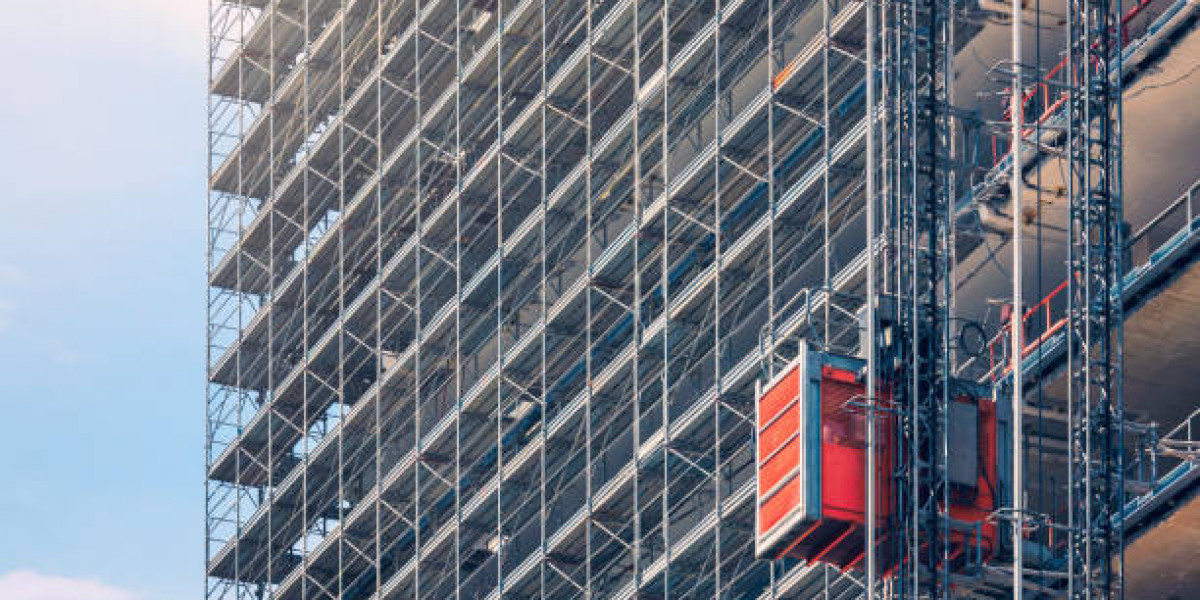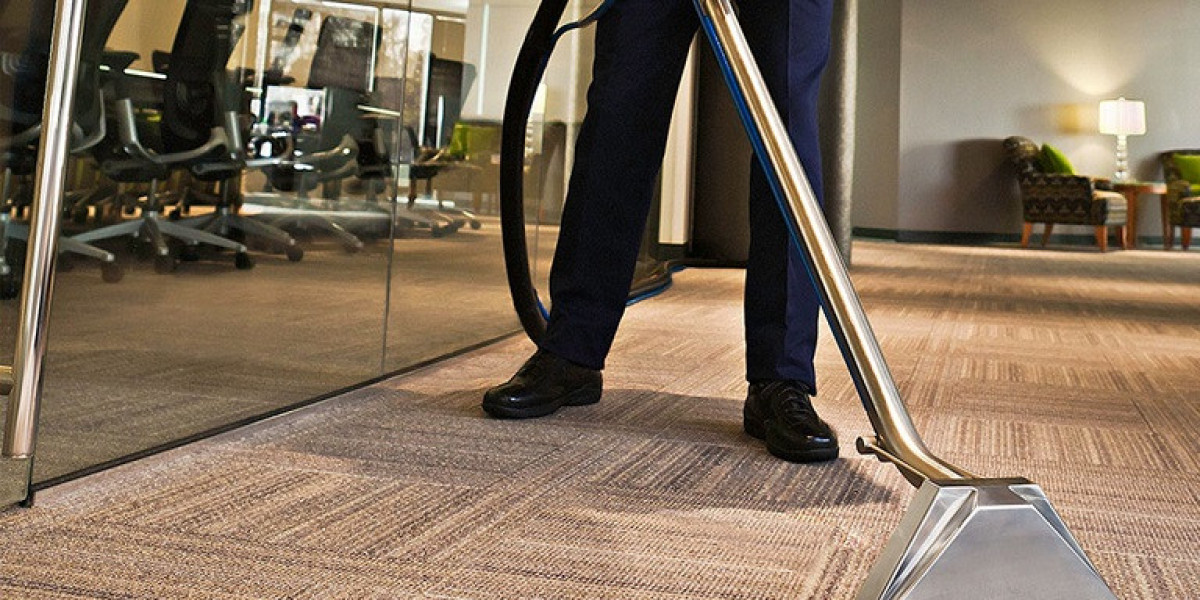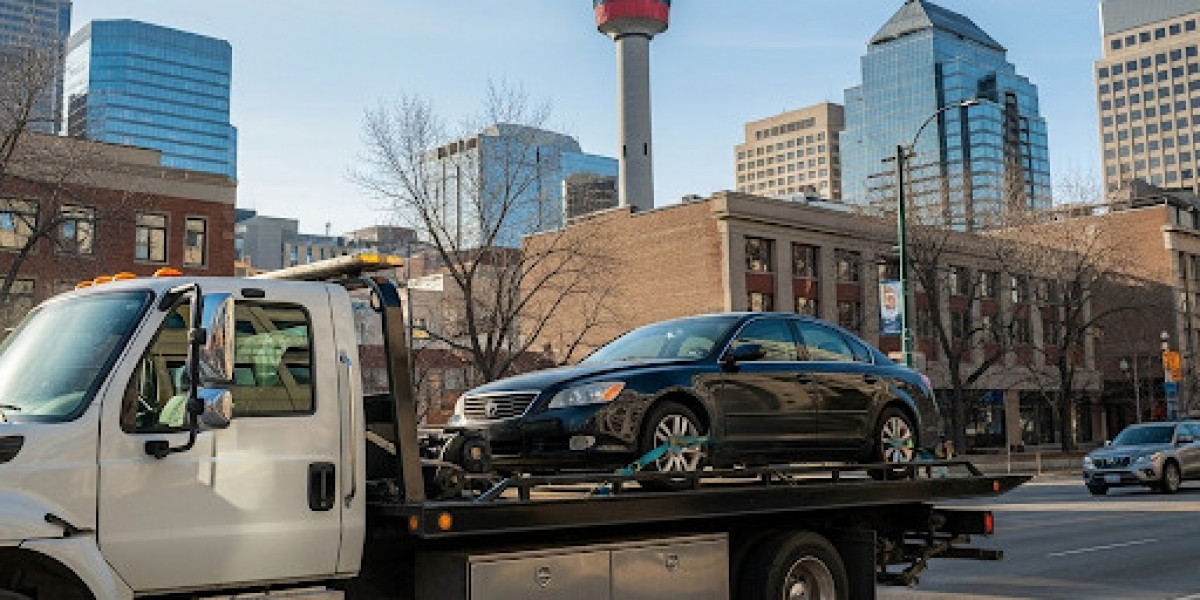Dubai's skyline is defined by towering structures, from residential skyscrapers to commercial complexes. In such vertical landscapes, building lifts play a vital role in daily life. Whether for passengers or freight, lifts enhance accessibility, improve efficiency, and comply with urban infrastructure requirements. This guide explores how building lifts function in Dubai, the various types available, their uses, and the essential regulations involved.
Types of Building Lifts in Dubai
Dubai’s diverse architecture demands different lift solutions. From luxury residential towers to industrial warehouses, each building type has unique lift requirements.
Passenger Lifts
Passenger lifts are the most common type found in residential and office buildings. These lifts are designed for people and vary in size, speed, and interior features depending on the building’s size and purpose.
They typically operate using electric traction or hydraulic systems. In Dubai, luxury apartments and hotels often include high-speed lifts with advanced safety and comfort features.
Freight Lifts
Freight lifts, also called goods lifts, are designed to carry heavy loads rather than people. They’re commonly used in warehouses, malls, and industrial buildings across Dubai.
These lifts usually have reinforced walls, steel floors, and wider entrances to accommodate trolleys, crates, or pallets. Freight elevators must meet specific safety and load-bearing requirements under Dubai regulations.
Service Lifts
Also known as dumbwaiters or utility lifts, service lifts are often used in hotels, hospitals, and commercial kitchens. These small lifts carry food, laundry, or documents between floors.
They offer convenience and help maintain hygiene standards by separating service operations from passenger areas.
Car Lifts
With limited parking in many urban areas, car lifts have become popular in Dubai. These are often found in commercial buildings or luxury villas and allow vertical movement of vehicles between parking levels.
Car lifts require a strong mechanical setup and are often built with hydraulic or traction-based technology, depending on the weight and frequency of use.
Observation and Panoramic Lifts
These are aesthetic additions to malls, hotels, or skyscrapers. Observation lifts have transparent glass walls, allowing passengers to enjoy city views while traveling between floors.
Dubai’s tourism and hospitality sectors use these lifts to enhance guest experience, especially in high-rise entertainment and shopping venues.
How Building Lifts Operate
Lifts rely on sophisticated systems that combine mechanical, electrical, and control technologies. Understanding their operation helps property owners make informed decisions about installation and maintenance.
Traction Lifts
Traction lifts use ropes and counterweights driven by a motor above the lift shaft. These are ideal for high-rise buildings, offering smooth and fast movement.
Traction systems are energy-efficient and suitable for modern skyscrapers, making them widely used in Dubai’s high-rise towers.
Hydraulic Lifts
Hydraulic lifts operate using fluid pressure to raise and lower the cab. They are typically used in low- to mid-rise buildings and are cost-effective to install.
However, they consume more energy and require more space for the hydraulic system, which may be a limitation in compact urban structures.
Machine Room-Less (MRL) Lifts
MRL lifts have become popular in Dubai due to their space-saving design. These lifts eliminate the need for a separate machine room, making them ideal for buildings with space constraints.
They offer energy efficiency and modern control systems while maintaining a compact footprint.
Lift Control Systems
Modern lifts in Dubai use advanced control panels and microprocessors. These systems manage speed, stops, and safety checks, ensuring seamless performance.
In high-traffic buildings, group control systems optimize elevator availability and reduce wait times.
Building Lift Regulations in Dubai
Lift installations in Dubai are strictly regulated to ensure public safety, energy efficiency, and accessibility. Authorities such as Dubai Municipality and the Dubai Civil Defence oversee compliance.
Safety Standards and Codes
All lifts must meet international safety standards, such as EN 81 and ISO codes, as well as local codes from Dubai Municipality.
Installers must provide regular inspection reports, and safety features like emergency brakes, door sensors, and alarms are mandatory in every lift.
Accessibility Requirements
Dubai promotes universal accessibility. Residential and commercial buildings must include lifts that accommodate wheelchairs and meet design requirements such as handrails, tactile buttons, and audible signals.
Government and public-use buildings are especially monitored to ensure they are inclusive to people with disabilities.
Annual Inspections and Certifications
Annual lift inspections are mandatory in Dubai. Certified agencies must assess the lift’s performance, safety systems, and maintenance history.
After passing inspection, the lift receives a fitness certificate, which must be displayed in the lift cabin. Failing to meet safety requirements may result in penalties or suspension of service.
Fire and Emergency Compliance
Lifts in Dubai must comply with fire safety regulations. Fire-rated lift shafts, backup power, and rescue features are essential in buildings with multiple floors.
Evacuation lifts are required in high-rise structures to assist in emergencies. These lifts are designed to operate even when fire alarms are triggered, ensuring safe transportation of people with mobility issues.
Maintenance and Lifespan of Building Lifts
Proper lift maintenance is crucial to avoid breakdowns and ensure smooth operations. In Dubai, building owners are responsible for arranging routine service with licensed lift maintenance companies.
Regular Maintenance Practices
Maintenance involves checking cables, control systems, lubrication, cabin integrity, and safety features. Service frequency depends on lift type, usage rate, and building size.
Monthly inspections are common, especially for lifts in commercial properties with high foot traffic.
Modernization and Upgrades
As lifts age, parts wear out or become outdated. Lift modernization involves upgrading systems such as control panels, motors, or cabins to improve efficiency, safety, and user experience.
Dubai encourages modernization to meet sustainability goals and reduce energy consumption in older buildings.
Lifespan of Lifts
With proper maintenance, building lifts typically last 20 to 25 years. After this period, full replacement or comprehensive modernization is often more cost-effective and compliant with current standards.
Future of Building Lifts in Dubai
As Dubai continues its rapid urban development, building lift technology evolves to meet new demands. Smart elevators, energy-efficient designs, and AI-powered traffic systems are reshaping the way vertical transportation works.
Green building initiatives are also encouraging the use of regenerative drives and sustainable materials. Lifts are no longer just functional—they are now part of a building’s smart infrastructure.













